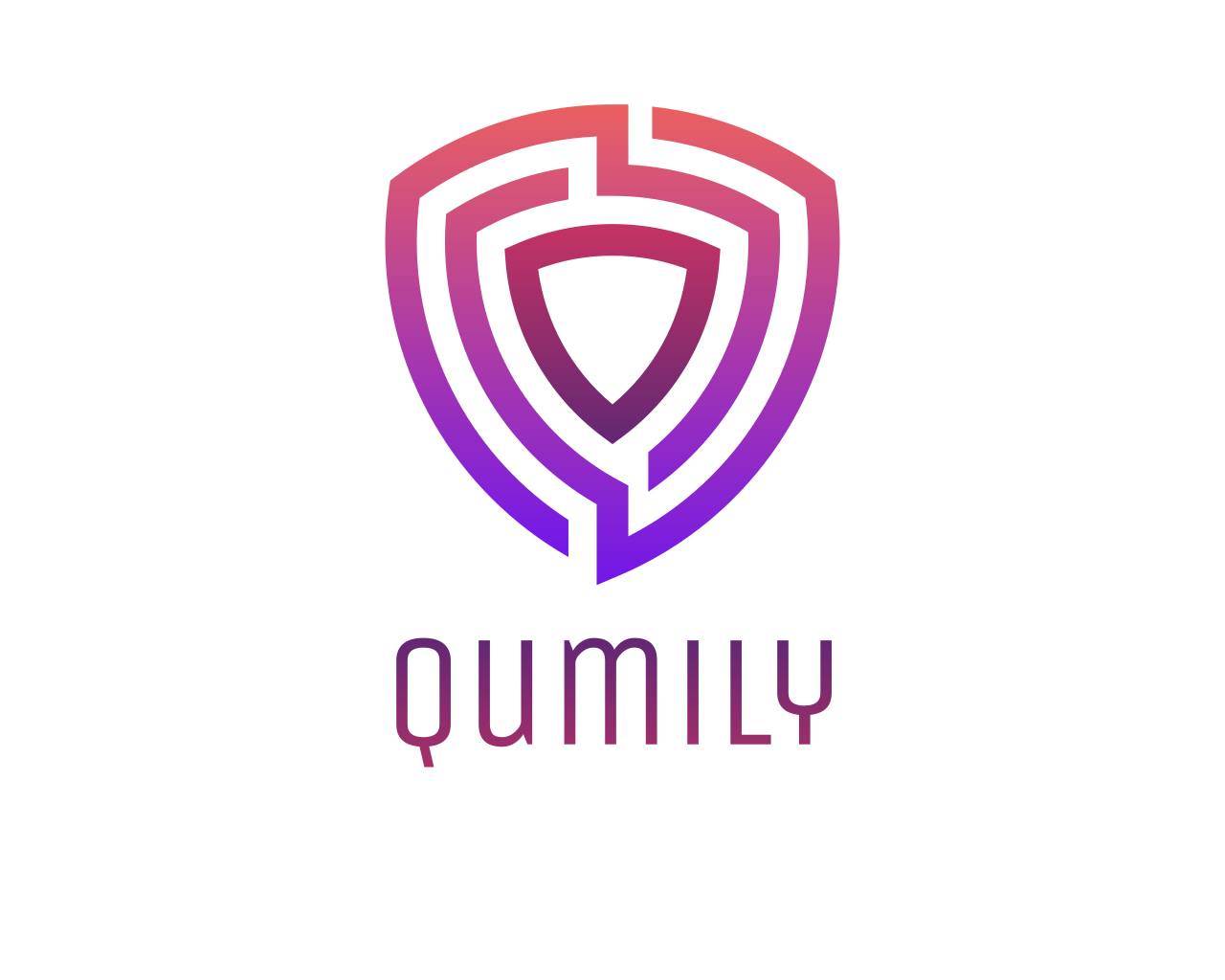
windraw win login Understanding how to access and navigate a platform effectively is the first step toward getting meaningful value from it. This article provides a comprehensive introduction to windrawwin, outlining its core features, typical use cases, essential security practices, troubleshooting steps, and tips for both new and experienced users.
What is windrawwin? At its core, windrawwin is a digital platform designed to facilitate organized draws, promotions, or event-based selections where fairness, transparency and user engagement are paramount. Whether used by small communities, promotional teams, or larger organizations, the platform aims to simplify the process of creating, managing, and auditing draws while offering an engaging interface for participants.
Core features and functionality. windrawwin typically offers a set of features that support the full lifecycle of a draw:
– Draw creation tools: administrators can define prize pools, entry requirements, eligibility criteria and scheduling.
– Participant management: upload or import participant lists, set limits, apply filters, and manage repeated entries.
– Randomization and fairness: built-in, auditable algorithms for random selection with logs and verifiable trails.
– Notifications and communication: in-app messages, email or SMS notifications to winners and participants.
– Reporting and export: download results, generate reports, and access audit logs for compliance and record-keeping.
– Customization and branding: tailor the look and messaging to match your organization’s identity.
User experience and interface. A well-designed user interface encourages participation and reduces friction. windrawwin focuses on clear entry points, mobile-friendly design, and step-by-step processes for joining a draw. For administrators, dashboards present the most critical metrics—number of entrants, draw status, pending actions and historical records—so that oversight is straightforward. Tooltips, help prompts and inline documentation further help reduce the learning curve.
Security and fairness considerations. Any platform handling draws must prioritize security and fairness. Best practices include:
– Access control: role-based permissions for administrators, moderators and observers.
– Data protection: encrypt sensitive user data in transit and at rest, minimize data retention where possible and follow relevant privacy regulations.
– Randomness verification: use cryptographically secure random number generation or verifiable third-party services to ensure selections cannot be influenced.
– Audit trails: maintain immutable logs of actions taken within the system to allow independent verification in case of disputes.
– Regular security reviews and penetration testing to find and remediate vulnerabilities before they are exploited.
Legal and compliance aspects. Depending on jurisdiction and the nature of prizes, draws can be subject to gambling, lottery, or promotional law. Organizers should:
– Consult legal counsel to determine whether registration, permits or specific disclosures are required.
– Provide full terms and conditions and easy-to-find privacy policies.
– Ensure age restrictions and geographic eligibility are enforced when required.
– Keep clear financial records for prize distribution and tax purposes.
Setting up your first draw: practical steps. Start with a clear objective—brand awareness, user acquisition, community reward or fundraising—and design rules that support it. Define eligibility, entry mechanics (single vs. multiple entries), prize tiers and a timeline. Populate participant lists, set up notification templates, and run a small closed test draw to validate the process and check notifications, logging and export functionality. Finally, communicate the event transparently to participants and publish results with supporting audit information.
Tips for higher engagement and fair participation. To maximize engagement while maintaining fairness:

– Promote the draw across relevant channels with clear calls to action.
– Use progressive disclosure: present enough information to excite interest while preserving important terms in clear, accessible locations.
– Encourage sharing by offering optional, non-advantageous incentives that do not compromise fairness.
– Stagger draws or use tiers to maintain ongoing engagement rather than a single one-off event.
Common issues and troubleshooting. Administrators and users may encounter common problems such as duplicate entries, notification failures or mismatched participant data. Typical resolutions include:
– De-duplication rules: implement clear rules for handling duplicate or invalid entries.
– Notification logs: review message delivery logs to identify and resolve SMTP or SMS gateway issues.
– Data validation: enforce format and validation checks on uploaded lists to prevent corrupted imports.
– Reproducible audits: when disputes arise, provide the audit logs and selection seeds to demonstrate how winners were chosen.
Advanced features to consider. For more sophisticated needs, platforms can add:
– API integrations for CRM, mailing lists or event systems.
– Real-time analytics for live events and promotions.
– Multi-factor authentication for administrative access.
– Geographic routing and localization for global operations.
– Custom workflows and automation for recurring series of draws or loyalty programs.
Building trust with participants. Trust is earned through clarity and consistency. Publish selection methodology in a human-readable format, offer independent verification when appropriate, and communicate winner selection timelines and validation steps. When possible, enable observers or independent auditors to review the process and confirm outcomes.
Case studies and applications. windrawwin-style platforms are useful in diverse scenarios: nonprofit raffles, product giveaways, conference seat allocations, scholarship distributions and membership lotteries. Each scenario has unique logistical and regulatory requirements but benefits from the same core principles of transparency, secure handling of participant data, and auditable selection mechanics.
Future-proofing your approach. As regulatory frameworks and user expectations evolve, platform operators should keep an eye on emerging trends: stronger data privacy rules, demand for verifiable randomness (e.g., blockchain-anchored proofs), improved accessibility standards, and tighter integration with broader marketing and community systems. Continuous improvement through user feedback, analytics and iterative design will help maintain relevance and trust.
Final recommendations. For organizers and users evaluating windrawwin or similar platforms:
– Prioritize platforms that demonstrate clear security practices and transparent randomness mechanisms.
– Start small, test thoroughly, and document processes.
– Keep participants informed and provide easy-to-access support channels.
– Work with legal and compliance experts for complex or high-value draws.
Conclusion. windrawwin and similar systems can greatly simplify the administration of draws and promotional selections while ensuring fairness and participant trust. By focusing on strong security, transparent processes, good user experience, and compliance, organizers can create engaging, reliable experiences that scale across events and audiences. Thoughtful planning and ongoing monitoring are the keys to successful, trustworthy draws that meet both organizational goals and participant expectations.
